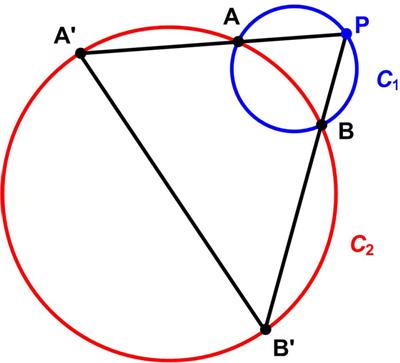 This is a Maths Item of the Month (MIOM) problem that seems opaque at first. (“The Maths Item of the Month is a monthly problem aimed at teachers and students of GCSE and A level Mathematics.”)
This is a Maths Item of the Month (MIOM) problem that seems opaque at first. (“The Maths Item of the Month is a monthly problem aimed at teachers and students of GCSE and A level Mathematics.”)
“Two fixed circles, C1 and C2, intersect at A and B. P is on C1. PA and PB produced meet C2 at A’ and B’ respectively. How does the length of the chord A’B’ change as P moves?”
Just start noticing relationships and the answer falls out nicely.
(MIOM problems often appear on MathsMonday and are also produced by Mathematics Education Innovation (MEI).)
See the Triangle Projection Problem for a solution.

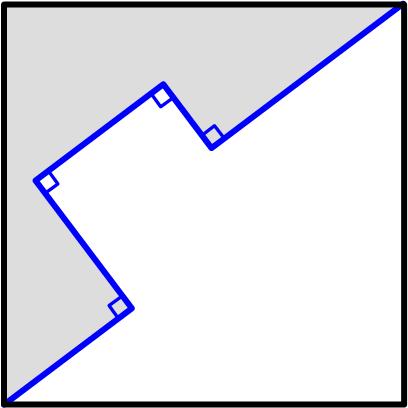 This is a nice problem from the UKMT Senior Mathematics Challenge for 2022:
This is a nice problem from the UKMT Senior Mathematics Challenge for 2022: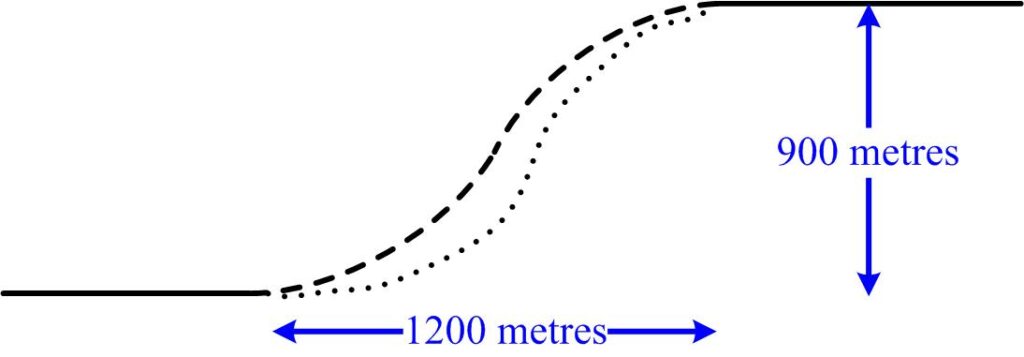 This is an interesting problem from the Scottish Mathematics Council (SMC) 2014 Senior Math Challenge .
This is an interesting problem from the Scottish Mathematics Council (SMC) 2014 Senior Math Challenge . This is another stimulating little problem from the 2022 Math Calendar.
This is another stimulating little problem from the 2022 Math Calendar. This math problem from Colin Hughes’s Maths Challenge website (mathschallenge.net) hearkens back to basic physics.
This math problem from Colin Hughes’s Maths Challenge website (mathschallenge.net) hearkens back to basic physics. This turned out to be a challenging puzzle from the 1980 Canadian Math Society’s magazine, Crux Mathematicorum.
This turned out to be a challenging puzzle from the 1980 Canadian Math Society’s magazine, Crux Mathematicorum. Here is another elegant Quantum math magazine Brainteaser problem.
Here is another elegant Quantum math magazine Brainteaser problem.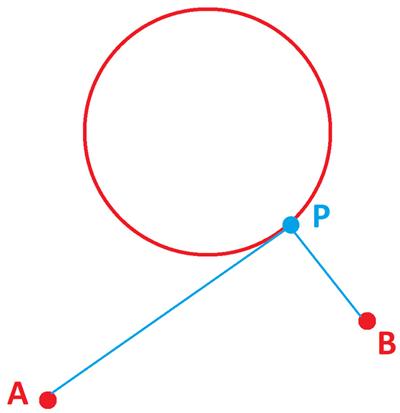 James Tanton provides another imaginative
James Tanton provides another imaginative  This is a work problem from Geoffrey Mott-Smith from 1954.
This is a work problem from Geoffrey Mott-Smith from 1954.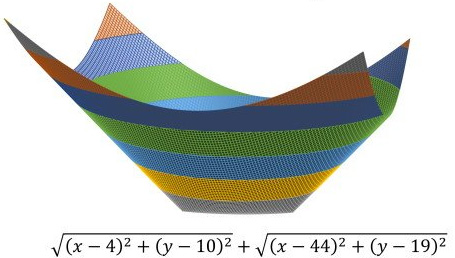 This seemingly impossible
This seemingly impossible